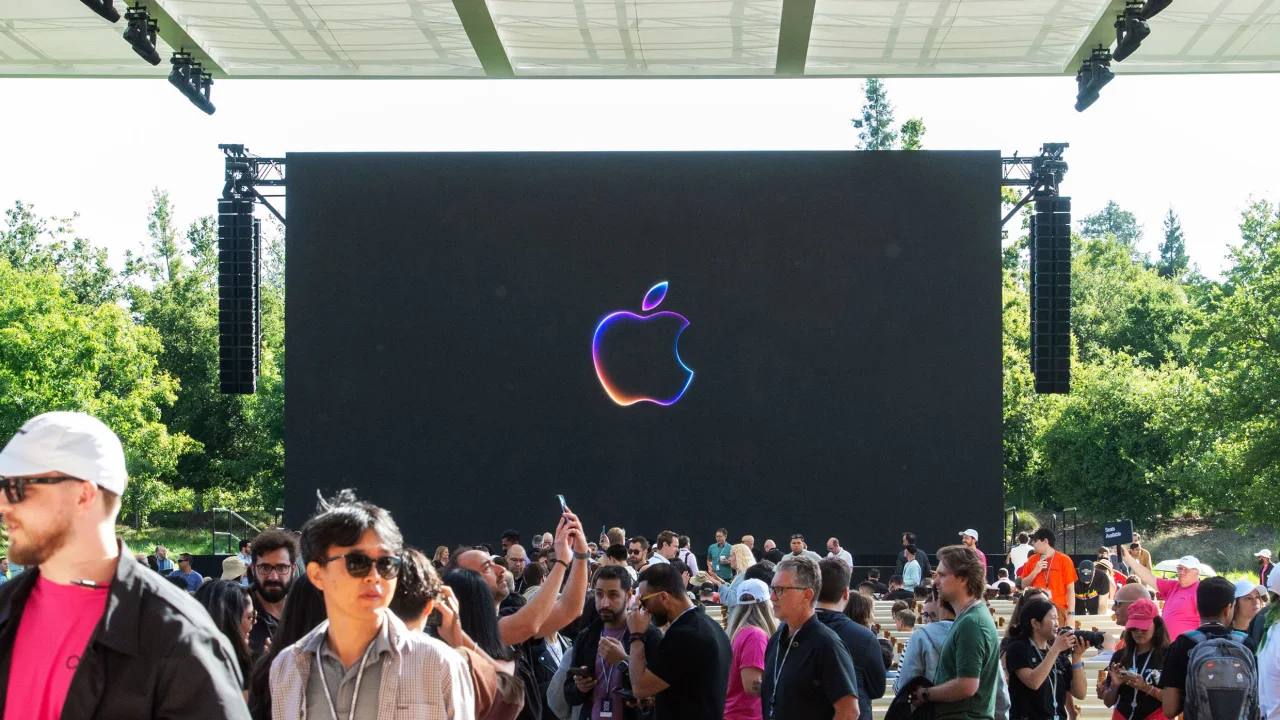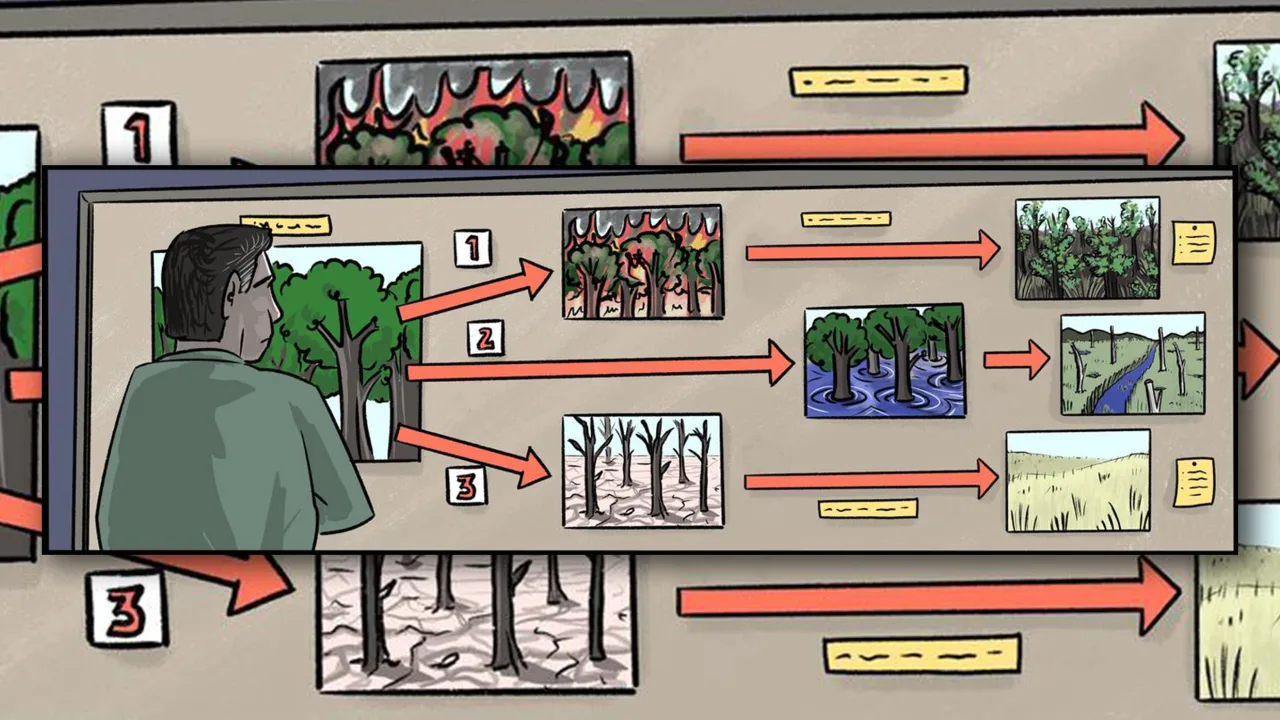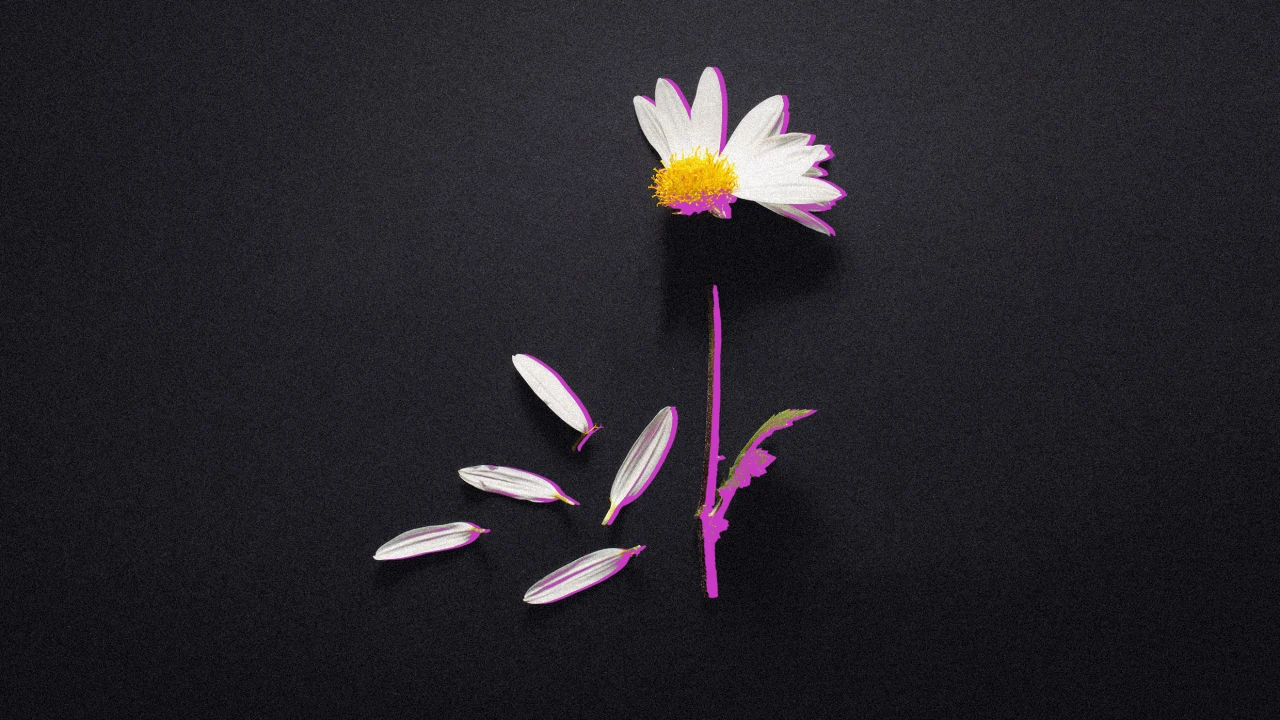Exploring Neuro-Embroidery: How AI and Neuroscience Are Influencing Embroidery Digitizing
Discover how the fusion of neuroscience and AI is revolutionizing embroidery digitizing. Explore innovative trends and techniques in neuro-embroidery for creative textile design.
Introduction
The world of embroidery digitizing is evolving rapidly with the integration of cutting-edge technologies like artificial intelligence (AI) and neuroscience. One of the most exciting frontiers in this space is "neuro-embroidery"—a term that represents the use of neurodata and AI to enhance embroidery digitizing processes. In this guest post, we’ll explore how embroidery digitizing is being reshaped by the intersection of cognitive data and machine learning, offering more intuitive, responsive, and efficient design workflows.
What Is Neuro-Embroidery?
Neuro-embroidery combines biometric data (like EEG brain signals) with AI algorithms to dynamically influence or generate embroidery designs. It allows designers to create patterns that respond to emotional or cognitive states. While still in experimental stages, this trend highlights the vast potential of combining embroidery digitizing with neuroscience and machine learning.
Embroidery Digitizing: A Quick Refresher
Embroidery digitizing is the process of converting artwork into a digital file that an embroidery machine can read. Traditionally, it requires precision and technical skills to map out stitches, densities, and directions. With AI and neuro-integration, digitizing becomes smarter, faster, and more adaptive.
Traditional Challenges in Embroidery Digitizing
-
Time-consuming manual adjustments
-
Limited personalization in mass production
-
Difficulty in achieving emotional or artistic nuance
How AI and Neuroscience Enhance Embroidery Digitizing
1. Predictive Pattern Design
AI tools can analyze historical design data to predict stitch patterns, thread choices, and textures. When fused with neurodata, AI can generate designs based on real-time brainwave activity.
2. Emotional Data-Driven Art
Using EEG devices, designers can create embroidery that reflects mood. For example, a calm state might generate flowing, symmetrical stitches, while a stressed state might yield erratic, jagged patterns—giving embroidery new emotional depth.
3. Adaptive Workflow Automation
Neuro-AI systems can provide feedback during the digitizing process, suggesting changes based on attention levels or cognitive load, making the process less tiring and more efficient.
4. Smart Stitch Mapping
AI-assisted software can analyze the complexity of the base fabric and automatically adjust underlay, stitch length, and direction. This improves accuracy and reduces production errors.
Real-World Applications of Neuro-Embroidery
-
Therapeutic Textiles: Embroidery patterns based on patient mood data for stress relief.
-
Wearable Tech: Designs that change based on user emotion, making fashion more interactive.
-
Art Installations: Digitized embroidery as a medium for neuro-aesthetic exploration.
Future Trends in Embroidery Digitizing
Generative AI for Custom Orders
Designs can be created from voice commands or even mood-based inputs. This reduces turnaround time for custom embroidery orders.
Brain-Computer Interfaces (BCIs) in Textile Art
Future digitizing software may integrate directly with BCIs, letting artists 'think' designs into existence.
AI Collaboration Hubs
Online platforms may allow collaborative embroidery design sessions where users’ neuro-responses shape a collective pattern in real time.
Tools Empowering the Change
-
Runway ML & Midjourney: Used to generate embroidery art concepts
-
Embird, Wilcom, Hatch by Bernina: Starting to integrate smarter AI tools
-
Emotiv & Muse EEG Headsets: Already used in artistic experiments
How to Start in AI-Powered Embroidery Digitizing
-
Upgrade Software: Choose digitizing software that supports plugins or AI integration.
-
Learn Basic Neuroscience: Understand how brain data correlates with design intention.
-
Experiment With EEG Tools: Use beginner-friendly neuro-headsets to explore new designs.
-
Stay Updated: Follow niche communities discussing neuro-art and AI embroidery.
FAQs
Q: Is neuro-embroidery practical for small businesses? A: Currently, it's more exploratory, but the tools are becoming affordable for small studios.
Q: Does AI replace human creativity in embroidery? A: No. AI enhances creativity by offering suggestions and automating technical processes.
Q: How can I learn more about neuro-embroidery? A: Follow innovation blogs, neuroscience-art communities, and embroidery digitizing forums.
Conclusion
Neuro-embroidery is an exciting blend of science and art, revealing a futuristic path for embroidery digitizing. As AI and neuroscience continue to merge, embroidery is no longer just stitching—it becomes an expression of mind and machine working together. For designers, artists, and digitizing professionals, embracing these innovations means staying ahead in both creativity and technology.
If you're involved in embroidery digitizing, it's time to explore the intersection of AI and neuroscience—your next masterpiece might come straight from your brainwaves.






























































































































































